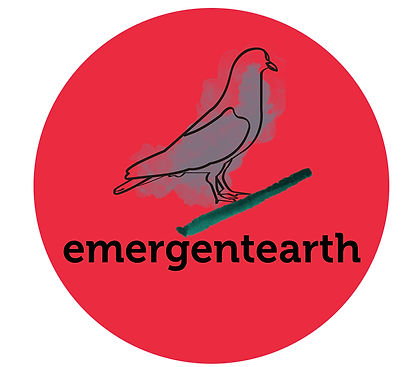an emergent
website design
by
peter jay stein, md, ma
atmosphere
asthenosphere
lithosphere
regolith
biosphere
hydrosphere



This 54 page synopsis of the evolution
of the Earth, the origin and progression of life, and the
emergence of humans as descendants of the hominin lineage, divides the last 4.57 billion years into progressively overlapping, imagistic, time segments, to outline our place in biological existence.
magnetosphere
ionosphere
KINGDOM: ANIMALIA
SUB-KINGDOM: BILATERIA
SUB-KINGDOM: RADIATA
PROTOSTOMES
DEUTEROSTOMES (CLADE)
PORIFERA
PLACOZOA
CNIDARIA
CTENOPHORA
- spiral embryonic cleavage
- mesoderm splits=coelom formation
- blastopore becomes the mouth
- radial embryonic cleavage
- gut outpocket=coelom formation
- blastopore becomes the anus
PHYLUM: echinodermata
PHYLUM:hemichordata
PHYLUM: CHORDATES
features of chordates
(Anthro.Palomar.Edu, and Vertebrates, p.82):
1 - a dorsal, nerve tube;
2 - lateral, pharyngeal gill slits or pouches, to extract O2 from water in embryonic stage;
3 - notochord - a rudimentary, dorsal (along back), internal skeleton of stiff cartilage, above which runs a hollow nerve cord;
4 - a post-anal tail; and
5 - an endostyle.
urochordates
cephalochordates
VERTEBRATES
(3 SUB-PHYLA OF CHORDATES)
NINETEEN
Emergent Vertebrates II
vertebrate: also called craniata, an animal derived from the phylum: chordates, sub-phylum vertebrata, having a backbone and bony skull that partly encloses a central nervous system. The hollow, dorsal nerve tube is now replaced by the spinal cord, which is now protected by a segmented vertebral, or spinal, column, composed of cartilage and/or bone. The head and brain house paired sense organs, that coordinate movement and sensation. Fish were the first vertebrates. Sub-phylum vertebrata includes 8 classes, including 4 classes of fish (including agnatha, chondrichthyes, and osteichthyes), and the additional classes: amphibia, reptilia, aves (birds), and mammalia (Anthro.Palomar.edu).
acoelomates
coelomates

